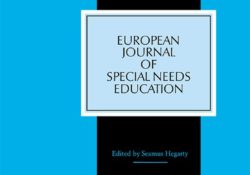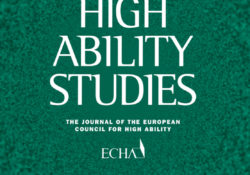tandfonline.com – Norwegian students’ experiences of homeschooling during the COVID-19 pandemic
tandfonline.com har udgivet en rapport under søgningen “Teacher Education Mathematics”: ABSTRACT ABSTRACT Norwegian teachers and school leaders had to organise and provide homeschooling for their students from March to May 2020 due to the COVID-19 pandemic. A survey conducted in May 2020 examined lower secondary school students’ experiences of distance learning. How students at different levels of academic achievement (based on grades) experienced homeschooling was compared to comparable findings from a survey conducted on students from the same schools during the autumn of 2018. The findings indicate that students experienced less support and feedback from their teachers during homeschooling, and that teachers gave more written than oral feedback to the students during homeschooling than they do in regular school. Furthermore, there was a tendency of lower efforts and self-efficacy among… Continue Reading

